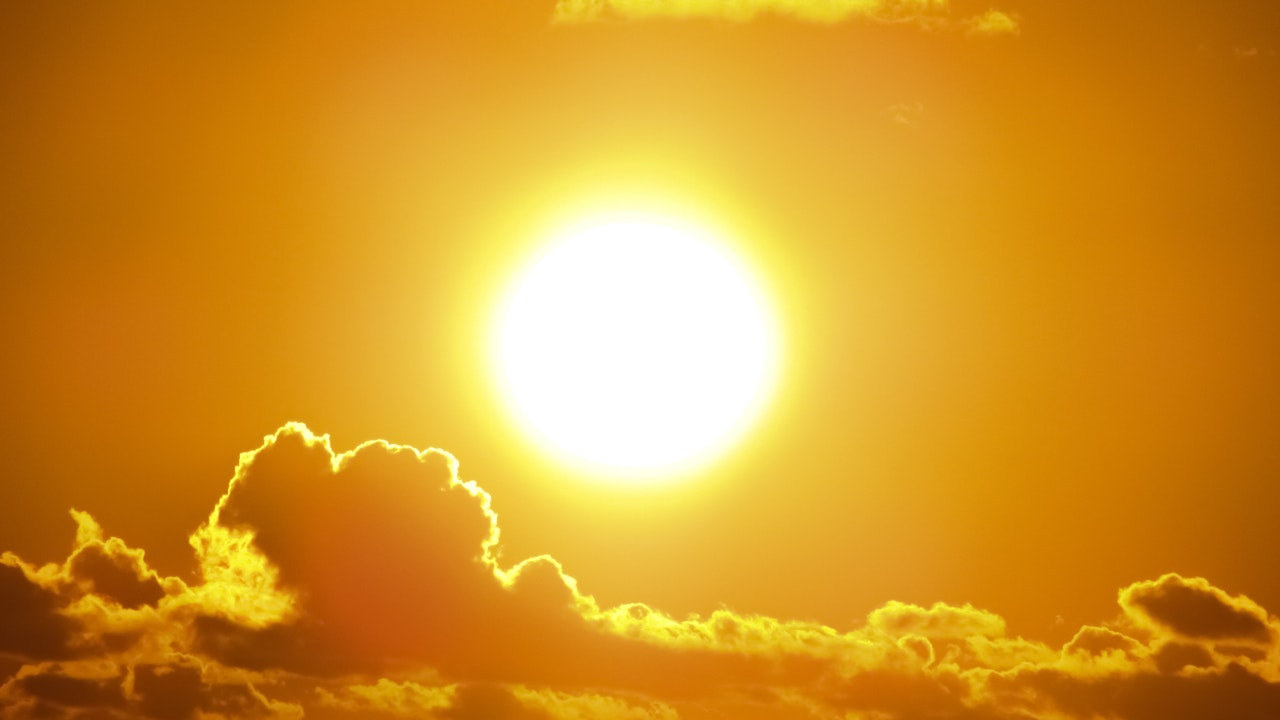The seasonal imbalance in the amount of solar energy absorbed and released into the surrounding space by Mars could be a very likely cause of dust storms that have long intrigued researchers, a new scientific paper explains.
The extreme “energy budget surplus” of the Red Planet, that is, the difference between the amount of solar energy absorbed by the planet and the amount of energy released in the form of heat, was recorded by a team of scientists led by Ellen Creecy from the University of Houston.
One of the most exciting findings was that excess energy – the excess amount of energy absorbed by the planet over the amount of heat lost into space – could be one of the critical factors in the occurrence of dust storms on the surface of Mars.
“Understanding how this mechanism works on Mars can help better understand the role of the Earth’s “energy budget” in developing powerful storms, including hurricanes, on our planet,” Creecy said.
Creecy and her colleagues came to their conclusions by analyzing data on Mars‘ orbits and temperatures over four years (four Martian years are roughly equivalent to eight Earth years) collected by NASA missions.
The thin atmosphere and elongated orbit of Mars make the planet extremely sensitive to sudden changes in temperature. It absorbs extreme amounts of solar energy as it approaches the Sun during the perihelion seasons, which is when dust storms occur on the planet.
As Mars moves away from the Sun, less solar energy is absorbed by the planet. The same phenomenon is observed on Earth, but the researchers note that on Mars its scale is much larger.

